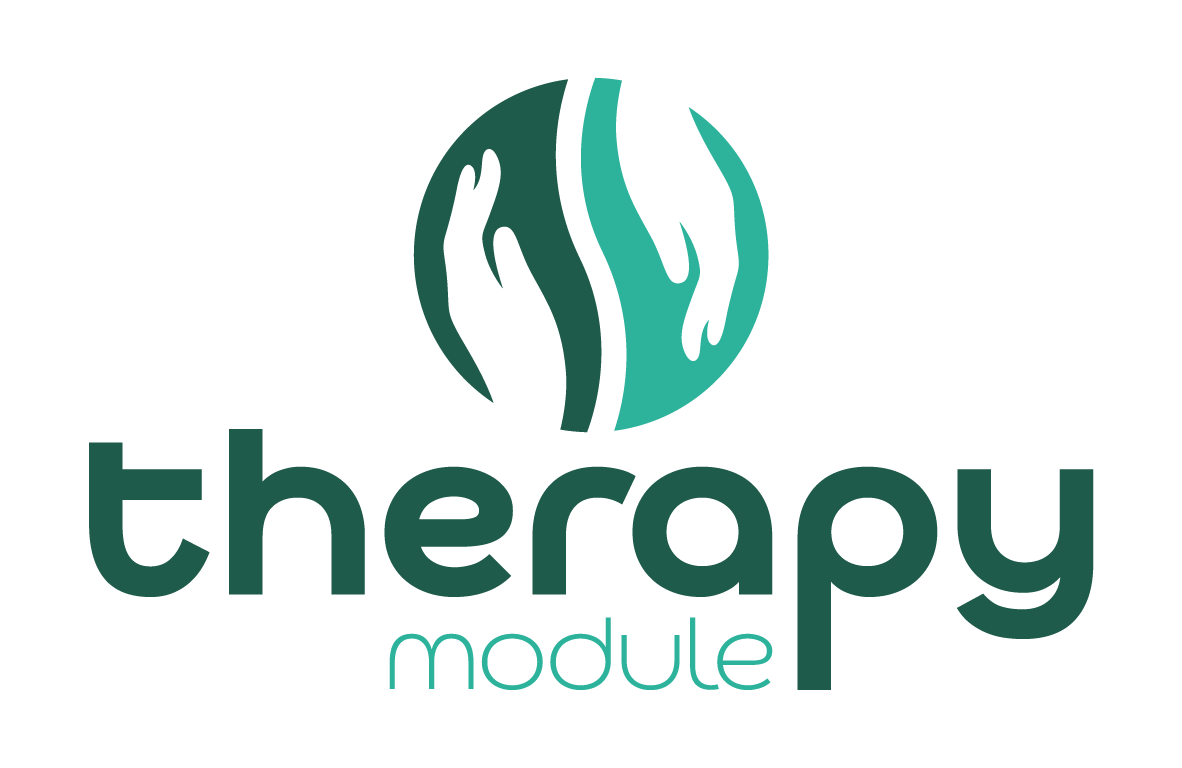EMDR Techniques (The BoxTechnique) – 2
A Safe Mental Space for Difficult Emotions: Have You Tried the Box Technique?
Sometimes your mind feels crowded—full of thoughts that just won’t let go. Maybe there’s a memory, a moment of guilt, or anxiety about something you can’t yet resolve. It can be exhausting.
But what if there was a way to give your mind a break—without avoiding or suppressing what you feel? Just a pause. Just enough to help you breathe again.
That’s where the Box Technique comes in. It’s a calming EMDR-based visualization tool that lets you mentally place difficult emotions and thoughts into a secure, imaginary box. Think of it as creating a safe space in your mind—a container for things that don’t need to be solved right now.
So, How Does the Box Technique Work?
The idea is simple but powerful:
You visualize a box, any kind you like, and mentally place a disturbing thought or emotion into it. Then, you “lock” the box and set it aside—just for now.
You’re not throwing the emotion away. You’re simply putting it in a safe place where it can rest—until you’re ready to revisit it from a calmer mindset.
Let’s walk through it together.
Step-by-Step Practice
- Find a quiet place and sit comfortably.
Take a few deep breaths—inhale for 4 seconds, hold for 7 seconds, and exhale for 8 seconds. - Visualize a box in your mind.
It can be a wooden chest, a metallic locker, or even a glowing cube—whatever feels secure to you. - Open the box.
Identify a thought or emotion that’s troubling you right now. - Gently place it into the box.
You don’t have to analyze or fix it—just acknowledge it and set it down inside. - Close the box and lock it.
You can even imagine hiding the key somewhere safe. - Place the box in a secure spot in your mental space.
Somewhere you can return to if needed, but not where it will disturb you.
Why Does This Work?
Because your brain responds to symbols and metaphors just as much as it does to logic. When you mentally “store” an overwhelming thought, your nervous system registers that action—and calms down accordingly.
The Box Technique offers:
- Mental clarity
- A sense of control
- Emotional distance to regroup and restore
- And most importantly, relief without suppression
Personalize Your Box
Want to make the technique more effective? Take a moment to design your unique box. Ask yourself:
- What color is it?
- What size?
- Is it soft like velvet, or firm like steel?
- Does it have a key, a code, or just a lid?
- Where do you keep it in your mind?
This detail helps your brain register the experience as real and grounded.
A Quick Example
Mary had been replaying a tough conversation from work all morning. She paused, closed her eyes, and imagined a small silver box. She placed the thought into it, locked it, and visualized putting it in a drawer in her mind. The tightness in her chest eased—she could finally focus again.
Ready to Try It?
Close your eyes. Take a breath. Build your box.
What needs to go inside today?
And remember—you can always return to that box.
Not to avoid your feelings, but to take care of yourself first.
Because healing doesn’t always happen in one moment.
But one moment of peace can begin the healing.

